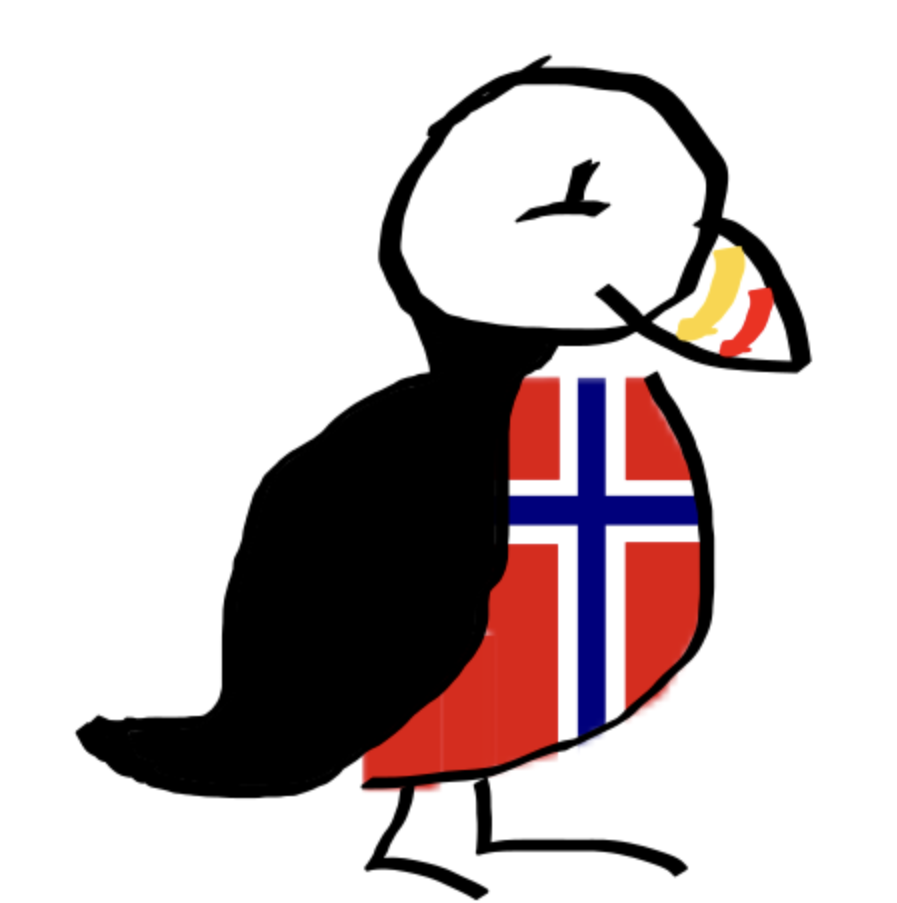metadata
language:
- 'no'
- nb
- nn
inference: false
tags:
- BERT
- NorBERT
- Norwegian
- encoder
license: cc-by-4.0
NorBERT 3 base

The official release of a new generation of NorBERT language models described in paper NorBench — A Benchmark for Norwegian Language Models. Plese read the paper to learn more details about the model.
Other sizes:
Generative NorT5 siblings:
Example usage
This model currently needs a custom wrapper from modeling_norbert.py, you should therefore load the model with trust_remote_code=True.
import torch
from transformers import AutoTokenizer, AutoModelForMaskedLM
tokenizer = AutoTokenizer.from_pretrained("ltg/norbert3-base")
model = AutoModelForMaskedLM.from_pretrained("ltg/norbert3-base", trust_remote_code=True)
mask_id = tokenizer.convert_tokens_to_ids("[MASK]")
input_text = tokenizer("Nå ønsker de seg en[MASK] bolig.", return_tensors="pt")
output_p = bert(**input_text)
output_text = torch.where(input_text.input_ids == mask_id, output_p.logits.argmax(-1), input_text.input_ids)
# should output: '[CLS] Nå ønsker de seg en ny bolig.[SEP]'
print(tokenizer.decode(output_text[0].tolist()))
The following classes are currently implemented: AutoModel, AutoModelMaskedLM, AutoModelForSequenceClassification, AutoModelForTokenClassification, AutoModelForQuestionAnswering and AutoModeltForMultipleChoice.
Cite us
@inproceedings{samuel-etal-2023-norbench,
title = "{N}or{B}ench {--} A Benchmark for {N}orwegian Language Models",
author = "Samuel, David and
Kutuzov, Andrey and
Touileb, Samia and
Velldal, Erik and
{\O}vrelid, Lilja and
R{\o}nningstad, Egil and
Sigdel, Elina and
Palatkina, Anna",
booktitle = "Proceedings of the 24th Nordic Conference on Computational Linguistics (NoDaLiDa)",
month = may,
year = "2023",
address = "T{\'o}rshavn, Faroe Islands",
publisher = "University of Tartu Library",
url = "https://aclanthology.org/2023.nodalida-1.61",
pages = "618--633",
abstract = "We present NorBench: a streamlined suite of NLP tasks and probes for evaluating Norwegian language models (LMs) on standardized data splits and evaluation metrics. We also introduce a range of new Norwegian language models (both encoder and encoder-decoder based). Finally, we compare and analyze their performance, along with other existing LMs, across the different benchmark tests of NorBench.",
}